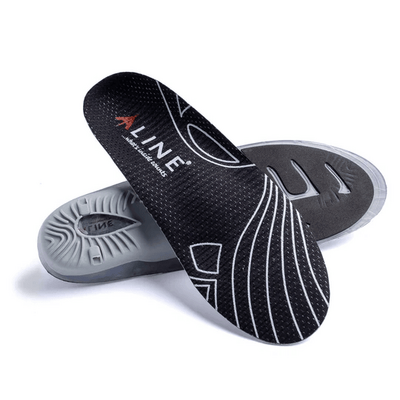
As winter dives and the scene changes into a frigid wonderland, open air devotees enthusiastically plan for chilly climate capers. Amidst cold circumstances, guaranteeing warmth and solace for your feet becomes fundamental. Cold weather insoles arise as fundamental parts of winter footwear, giving protection, backing, and foothold to keep your feet comfortable and secure during cold undertakings. In this article, we'll dig into the imperative job of cold weather insoles in winter gear, investigating their advantages, different sorts, and master ways to choose the ideal pair to raise your chilly climate undertakings.
The Essential Job of Cold weather Insoles:
As temperatures dive, satisfactory footwear becomes basic for both solace and security in winter conditions. Cold weather insoles insoles act as imperative allies to winter boots, offering a large number of advantages:
1. Unrivaled Protection: Created with warm materials like fleece, wool, or Thinsulate™, cold weather insoles insoles give uncommon protection, really holding intensity and safeguarding your feet from cold temperatures.
2. Upgraded Solace: These insoles offer extra padding and backing, easing weakness and circulating tension uniformly to guarantee solace during broadened times of chilly climate exercises.
3. Dampness The executives: Numerous cold weather insoles highlight dampness wicking properties, retaining sweat and forestalling dampness development inside the boots to keep your feet dry and wrinkle free.
4. Upgraded Foothold: Outfitted with finished surfaces or non-slip materials, a few cold weather insoles further develop foothold and security on frosty or tricky surfaces, lessening the gamble of slips and falls during winter trips.
Investigating Various Kinds of Cold weather Insoles:
1. Warm Insoles: Fixed with protecting materials like fleece or wool, warm insoles offer unrivaled warmth, making them ideal for outrageous chilly climate conditions.
2. Warmed Insoles: Fueled by batteries, warmed insoles create warmth with implanted warming components, giving adaptable solace and movable temperature settings for those inclined to last minute nerves.
3. Protected Froth Insoles: Developed with numerous layers of froth or engineered materials, these insoles offer protection and padding without adding mass, guaranteeing solace without compromising portability.
4. Gel Insoles: Gel insoles give magnificent shock assimilation and padding, ideal for winter sports or delayed remaining on hard surfaces, while additionally offering protection against the virus.
Master Ways to choose Cold weather Insoles:
1. Similarity: Guarantee the insoles are viable with your colder time of year boots concerning size and shape for a cozy and compelling fit.
2. Protection Level: Consider the degree of protection given by the insoles in light of winning temperatures and weather patterns in your space.
3. Dampness The board: Pick insoles with dampness wicking properties to keep your feet dry and agreeable, especially during extreme focus winter exercises.
4. Solidness: Pick insoles made from sturdy materials fit for enduring delayed use and giving enduring solace and backing all through the colder time of year season.
End:
Insulated insoles for winter boots are vital allies for winter explorers, offering warmth, solace, and backing in cold circumstances. Whether you're leaving on blanketed climbs, stirring things up around town for winter sports, or basically exploring frigid walkways, putting resources into quality cold weather insoles can fundamentally improve your colder time of year experience. By taking into account factors like similarity, protection level, dampness of the board, and solidness, and following master tips for determination, you can guarantee a comfortable and charming winter experience with your feet cozily safeguarded constantly.
|
|